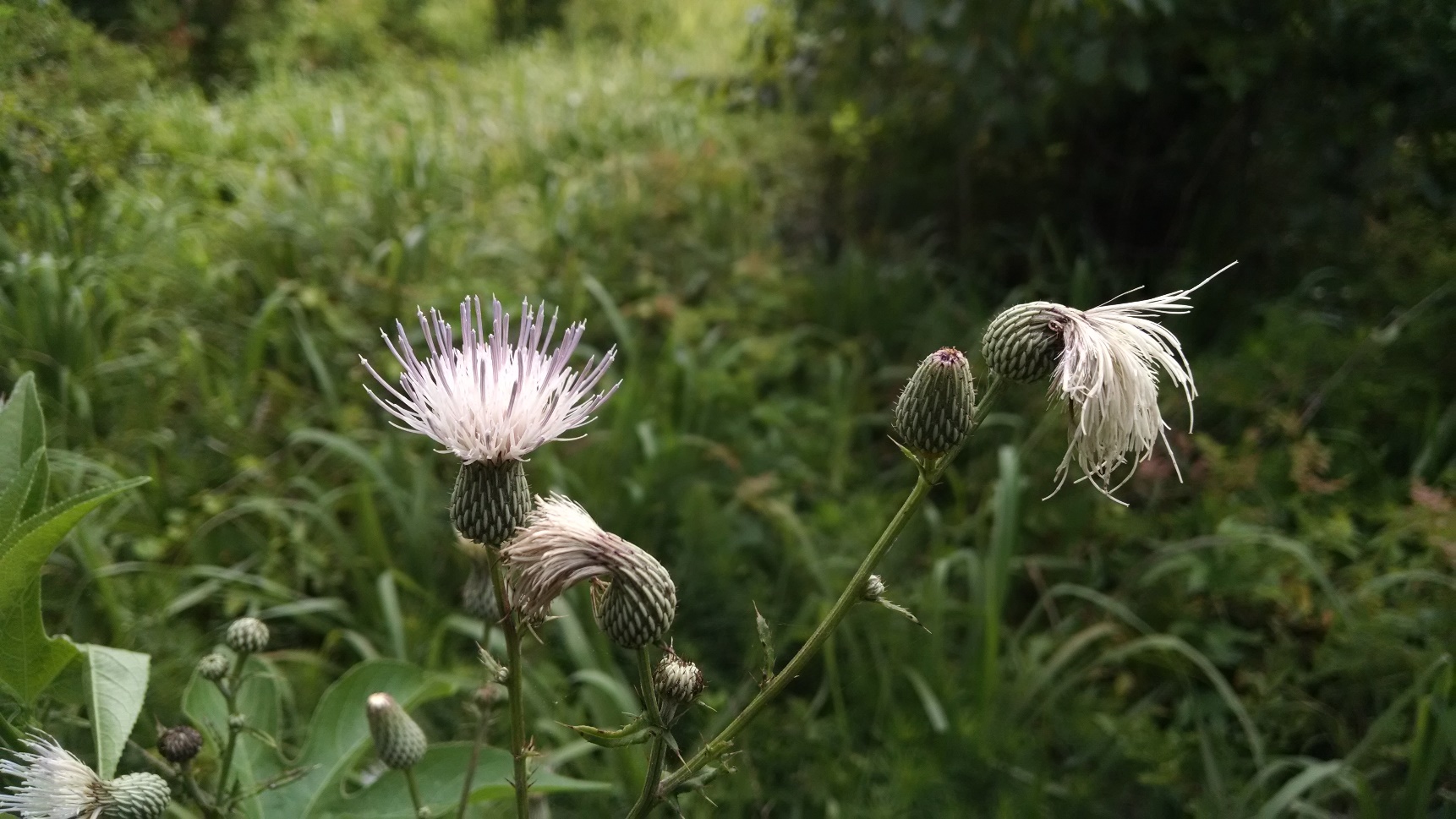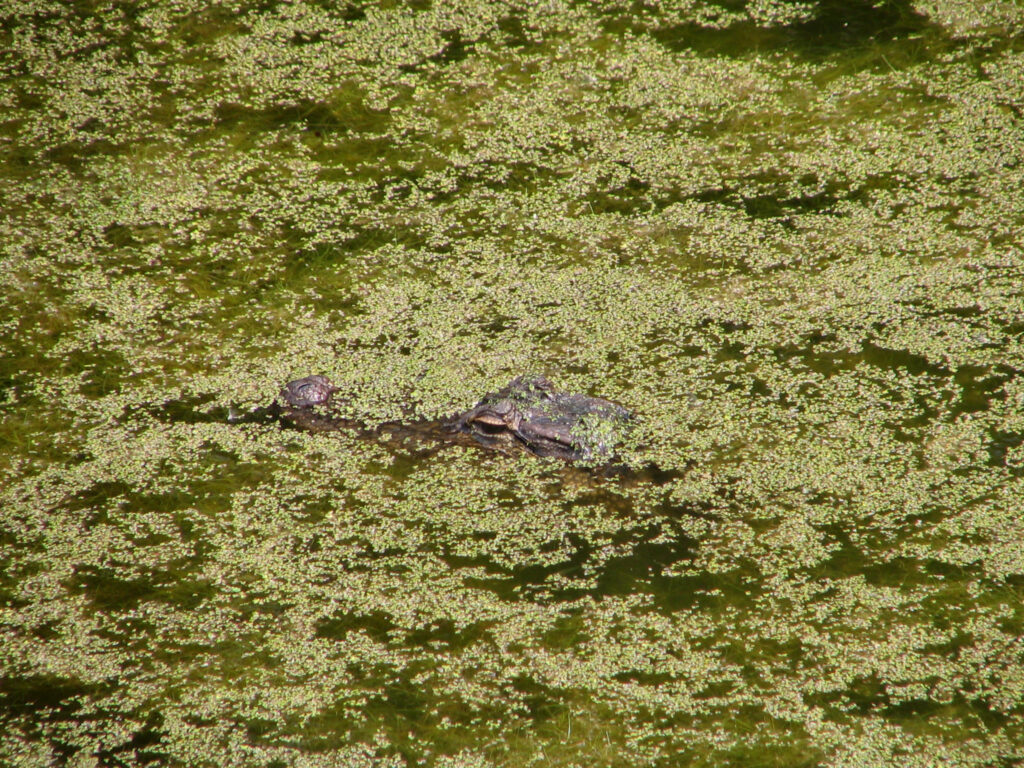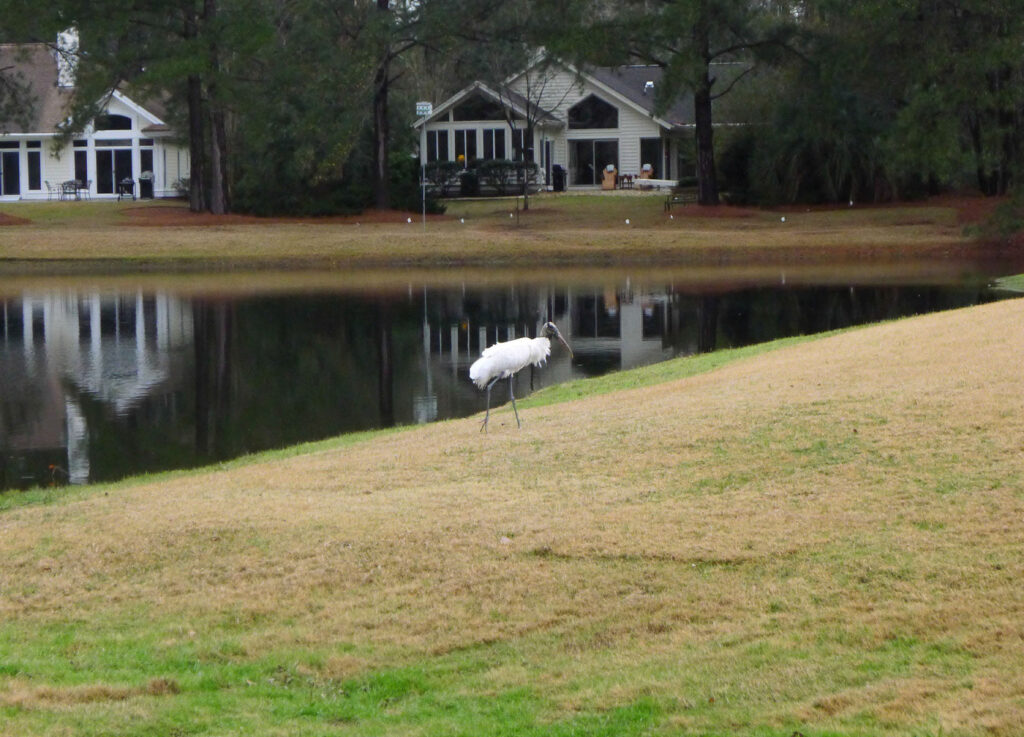Overview: Cirsium lecontei occurs on the sandy pinelands of southern coastal plain in damp soil (where co-occurring species include Myrica, Cyrilla, and Ilex), specifically in the states of Alabama, Florida, Georgia, Louisiana, Mississippi, North Carolina and South Carolina. They are also found in moist to wet grassy pine savannas and pine barrens, bogs (other species present include pitcher plants, Ilex, sedges, grasses, and sphagnum), and roadside ditches.
LeConte’s thistle is a perennial herb that dies back to its basal leaves in winter. The lower leaves are narrow – up to 12 inches long, but only about 1 inch wide. The young leaves are velvety in appearance with a dense matted covering of white hairs. The upper leaves are smaller than the basal ones, but are still long and narrow in appearance. Like other thistles, they are armed with stout spines along the leaf margins and stems.
Flowering occurs in mid-summer to early fall. The leafless flower stalk reaches a mature height of 2-4 feet and the urn-shaped inflorescence is composed of light pink to pinkish purple flowers.
Importance: Thistles are important species for pollinating species of insects and wildlife.
Threats & Management: Identified along the forest edge, LeConte’s Thistle is only known from six southeastern states, and is listed as rare in most states. The main threats this species faces are conversion of habitat to pine plantation, poor fire management, and commercial and residential development. Beneficial management practices include: 1. Prescribed burning, especially during growing season (May to June), and 2. Thinning of densely-stocked timber (during very dry periods and maintenance of open stands.
Photo: Cirsium nuttallii (Nuttall’s thistle)



